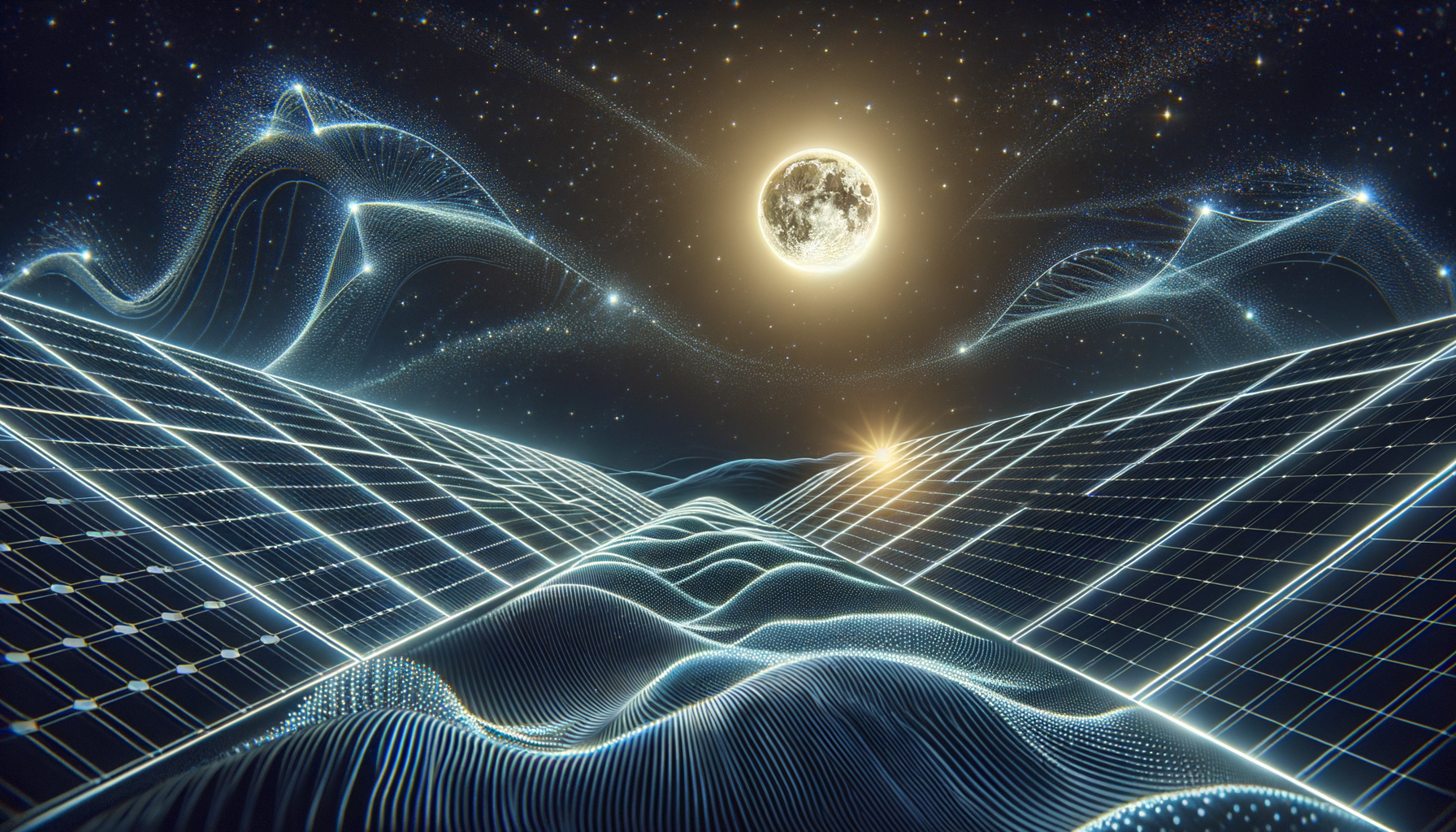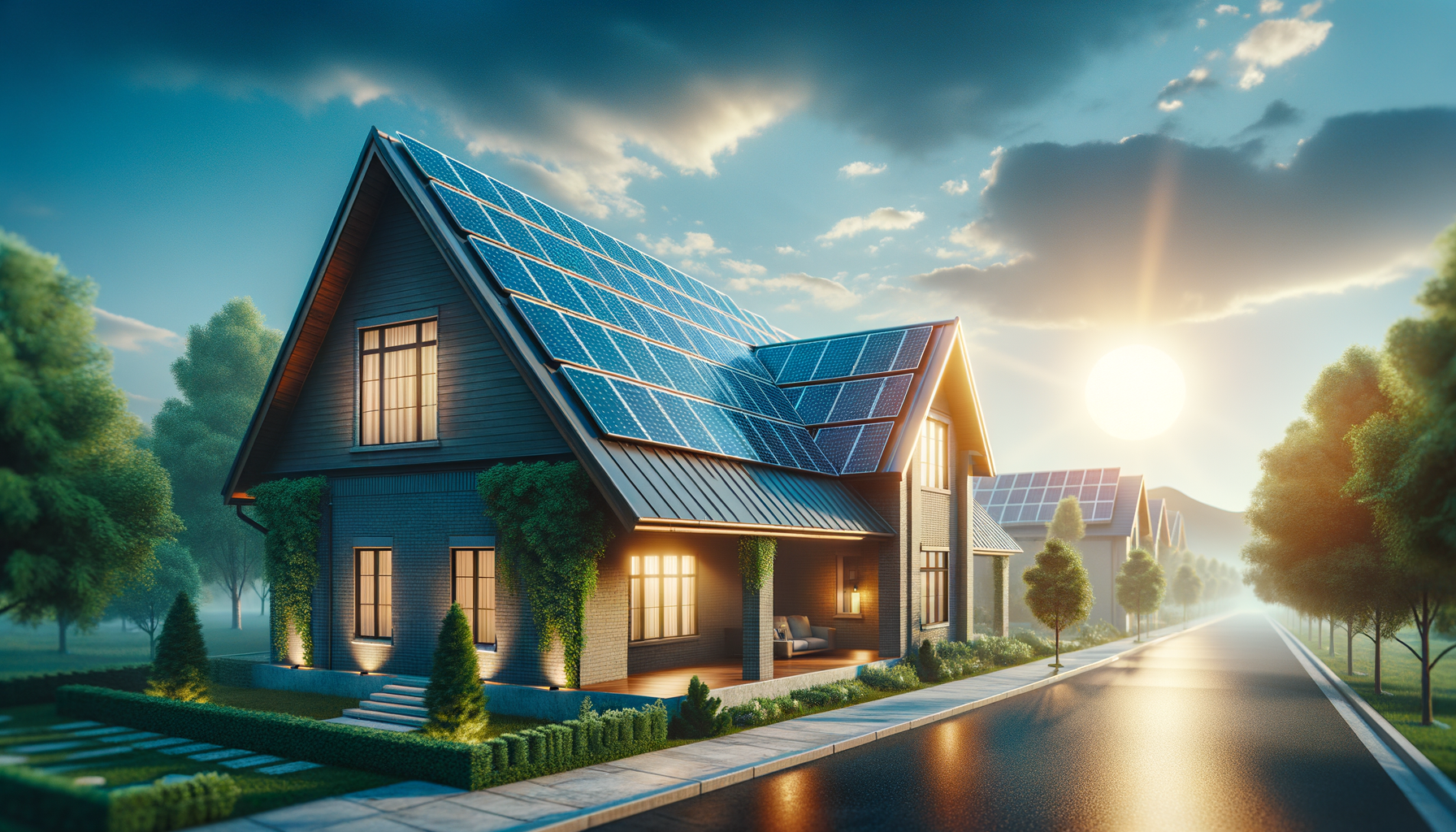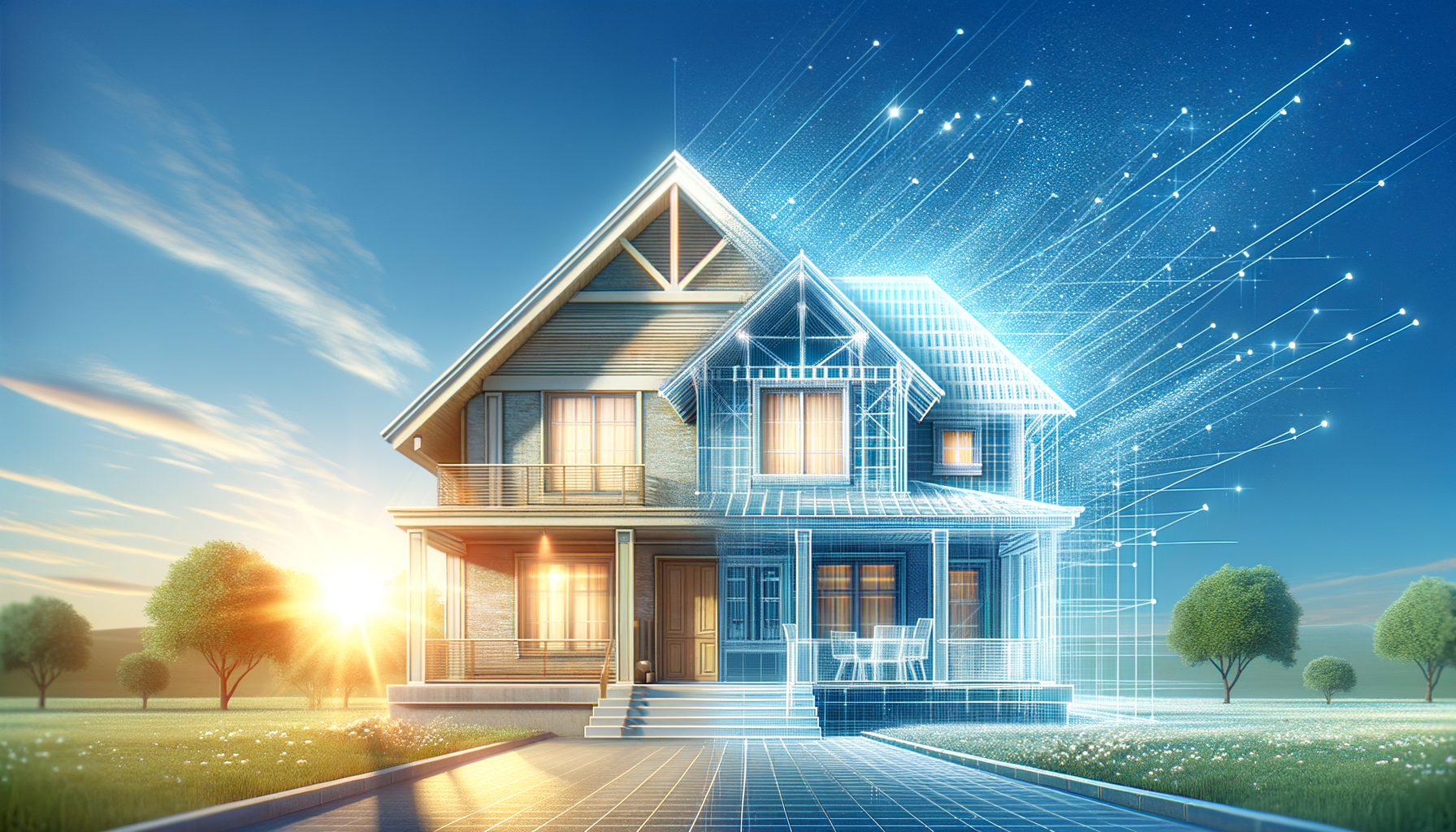Solar After Sundown: Harnessing the Power of the Night

Updated 5 months ago
How Does Solar Power Work at Night?
Solar energy has become a key player in the renewable energy landscape, promising to deliver clean, sustainable power during the sunlit hours. This solar revolution begs an important question: what happens when the sun sets and the stars take the stage? In this in-depth exploration, we'll uncover the nocturnal nuances of solar power and explain how this technology continues to illuminate the night.
Daytime's Dynamo: Solar Cells and Photovoltaic Energy
Before we usher in the night, let's recap how solar power plants harness sunlight. The heart of a solar panel is its solar cells, each constructed from layers of silicon doped with elements to create an electric field. When photons—tiny packets of light energy from the sun—strike the cells, they knock electrons loose, instigating a flow of electricity. This flow, or current, is captured and converted from direct current (DC) to alternating current (AC), ready to be used in our homes.
Sunset Doesn't Mean Lights Out: Solar Energy After Dark
Traditionally, solar panels power down with the fading light, ending their daily performance until dawn's early surge. Solar technology, however, has grown savvy to the needs of a 24-hour world, and solutions like solar battery storage and net metering have emerged to keep the nocturnal lights ablaze.
Energy Storage: Solar's Nighttime Guardian
As diligent day workers, solar panels often produce surplus energy, more than a home can use. This is where solar batteries step in. Stored solar power becomes your nighttime guardian, ready to dispel the darkness at a moment's notice. From the popular Tesla Powerwall to cutting-edge lithium-ion batteries, these devices store the excess day-generated energy, enabling a seamless transition to off-grid power once the sun dips below the horizon.
Net Metering: Banking Sunshine for Moonlit Hours
Net metering is akin to an energy savings account with the electric grid. When your panels overproduce, the excess energy is sent to the grid, crediting your utility account. At night, you draw electricity as needed and those credits keep your costs in check, a fair exchange for the power provided during the day.
Cool Night Advances: Solar Panel Efficiency and Unexpected Allies
It's a lesser-known fact that solar panels operate more efficiently at cooler temperatures. As nocturnal chill replaces the day's heat, any ambient light—from the moon or streetlamps—though not ample to trigger significant power production, can contribute a modicum of electricity. Delicate as this balance may be, it's an intriguing glimpse into future possibilities where even dim light contributes to clean energy generation.

Storing Daylight for Stormy Days: Solar and Home Energy Resilience
Preparing for energy outages is now more relevant than ever. Solar batteries provide not just nightly power but also assurance during outages. By storing your solar surplus, you equip your home with a resilient energy supply that can endure adverse weather and grid failures.
Calculating Solar's Worth When Stars Light Up the Sky
Considering solar's potential to power up the night, you might be curious about how it all adds up for your home. Our intuitive solar calculator, tailored to your zip code, can provide a glimpse into potential cost savings and the efficiency of a solar setup that works round-the-clock. By analyzing factors such as local net metering policies and available solar battery storage options, you can paint a clear picture of solar's financial and environmental paybacks.
The Dawn of a New Era: Solar Innovations
Advancements in solar technology continue to push the boundaries of what's possible. With research underway in areas like thermophotovoltaics—harvesting energy from heat radiated at night—we may soon see solar power becoming a truly 24/7 resource. These innovations could redefine how we capture and utilize solar energy, transcending the limitations of daylight.
Embracing the Solar Lifestyle: Efficiency and Beyond
While technology paves the way for a brighter, solar-powered future, making the most of current technologies is key. From integrating energy-efficient appliances to optimizing panel placement and maintenance, every factor helps maximize your solar investment. As solar technology advances, homeowners who stay informed and adaptable can expect to see their reliance on traditional power sources— and their electricity bills—diminish.

In Summary: Solar's Nocturnal Prowess
Even as the sun bids farewell each evening, solar technology asserts its place in the night. Through innovative storage solutions and grid partnerships, your solar panels continue to power your home, silently standing guard until the dawn. Investing in solar power is not just about embracing the sun's daytime abundance, but also about unlocking the potential of the night.
To bring the power of the sun to your home day and night, enter your zip code and explore your solar options today. Whether you're looking to understand more about solar battery storage or eager to estimate the savings on your electric bills, we can help illuminate your path to solar proficiency. Join the solar movement and see how nightfall becomes just another phase of solar promise.
As we punctuate the end of our nocturnal solar exploration, remember that the stars aren't the only things shining bright at night—your solar potential is, too.




